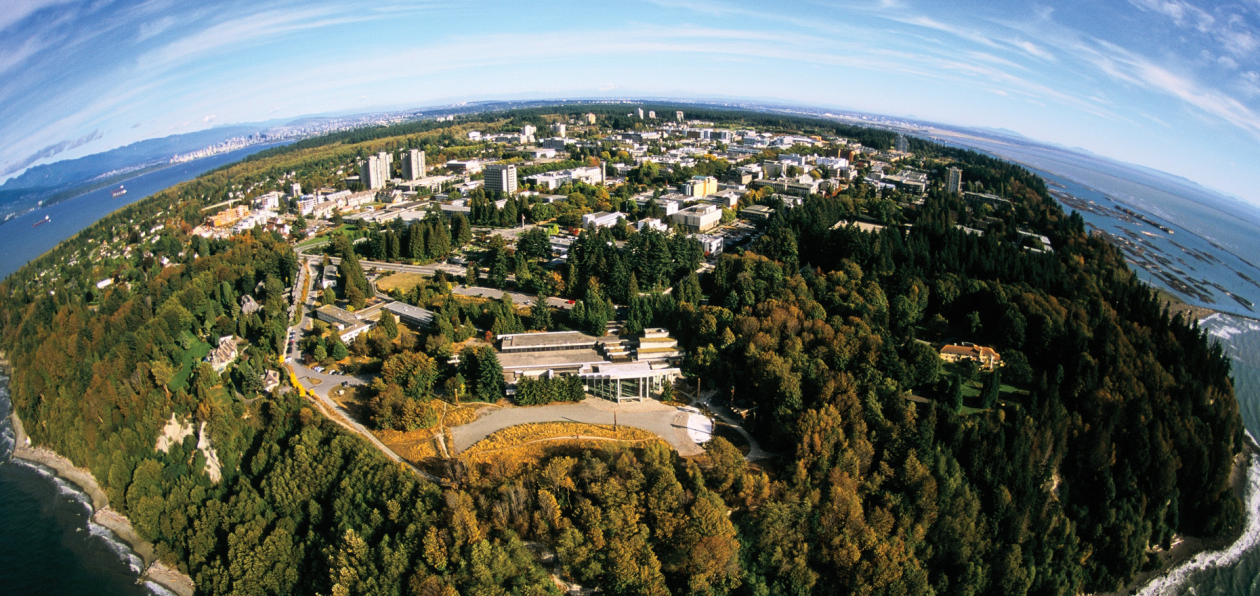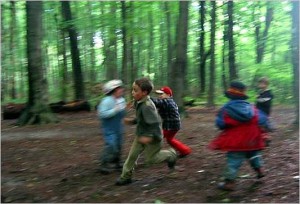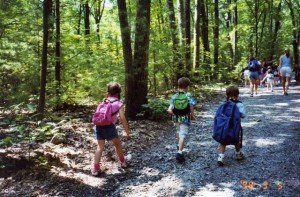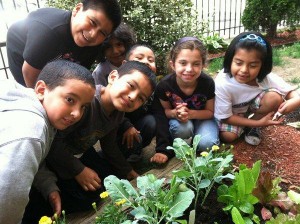As my final blog post I thought I would try to revisit what I have learned over the past few months, what I have enjoyed and what I am looking forward to.
Let me start with the basics. I have learned that P.E. can be fun. That may sound obvious but for me it was a huge learning that has evolved since September. As a child I wasn’t a huge fan of P.E. I was athletic and enjoyed a variety of sports but they were always solitary activities. I enjoyed swimming, dance, and gymnastics but I tended to shy away from group or team activities. I strongly disliked the competitiveness of team sports and dreaded participating in sports that I felt I wasn’t very good at. So, this course was a wonderful opportunity for me to revisit P.E. and gain a new, fresh perspective. I greatly enjoyed all the activities we participated in and was particularly surprised to find that I thoroughly enjoyed activities I hadn’t in the past. I think it made all the difference that as a cohort we made the effort to make the activities enjoyable, cooperative, inclusive and attainable. It seemed that we could all participate in the activities and didn’t feel we were being judged as the activities were manageable for everyone. I also liked how we designed activities so that no one was ever in the performance spotlight, it was team effort, that was supportive at all times.
I also greatly enjoyed learning about physical literacy as a concept. As an adult I do not participate in any of the activities that I did as a P.E. student. It is unfortunate as I am sure I would still enjoy dance and gymnastics in-particular, but my lifestyle doesn’t seem to afford these activities at the moment. Rather, I now participate in hiking, pilates and spinning classes. Also, I am also much more concerned as a adult about my complete wellness. For example, I am careful in selecting what I eat, I try to get as much exercise as possible, although it is increasing difficult in such a busy program, and I take time for myself to get outside and get some fresh air. When I was a student in P.E. we never talked about wellness as a concept and what it meant to live a healthy lifestyle. It was more about how many laps you could run in ten minutes. I am happy to see that there has been a shift towards physical literacy, in that there is a focus on teaching children how to live a balanced lifestyle and why that is important. I am also excited to see that there is room now in P.E. to teach activities which will realistically be a part of a student’s life. Not many of us will become professional soccer or basketball players but we might go hiking, biking, or to a yoga class and it is nice to see how we can incorporate those activities into our P.E. lessons.
I am grateful that I have learned a variety of activities that can be applied to my practicum class and future classes. I feel I am leaving this course with practical hands-on skills and improved confidence that I might be able to teach this subject. I look forward to my years ahead in the gymnasium and outside in teaching students about what it means to live a well-rounded lifestyle. I hope to design lessons that are fun and inclusive for all. I will rest assured that there are plenty of resources available for my information and colleagues who I can share ideas with. I look forward to continuing my P.E. education and vow to never make another child run the ten minute mile again!
Thanks for a great class!



